A New Garden Appears in Prague’s Jungmann Square - a GIYOU GARDEN
July 8, 2023
We were looking for a suitable place in downtown Prague to establish our first ever brick-and-mortar GIYOU store, wanting it to be nice and accessible, visited both by locals and tourists, and a bit more intimate than busy malls. We’re happy to announce we’ve decided to settle in the Jungmann Square, among other reasons due to its atmosphere and history.
History of the Jungmann Square
An irregularly-shaped open area was present at the location ever since the Middle Ages. It was known as Na Pískách or under Charles IV the Square of Saint Mary Major. It was renamed for the last time in 1878, on the occasion of the revealing of a statue of Josef Jungmann, a Czech linguist who had lived in the adjacent Jungmann (then Široká) Street until his death in 1847.
In the 13th century, the area was one of the many places by the Old Town fortifications where historic roads would cross. Its significance further rose when the New Town was established in 1348. Charles IV had great plans for the crossroads, intending the area to be dominated by the Church of Saint Mary Major.
In the first half of the 20th century, the square went through a significant renovation. Considering the rising prominence of boulevards by the fortifications, the once peaceful square found itself at the forefront of the modern Prague’s development which culminated with the unveiling of Jungmann’s statue. This turned the square into a full-fledged urban area, later supplemented with buildings around its perimeter.
The Franciscan garden
No doubt, one of the most pleasant public gardens in downtown Prague.
It dates back to 1348, the time when Charles IV was busy erecting the New Town. The garden was built by Carmelite monks from the Church of Saint Mary Major, in the style of medieval monastery gardens. There, the monks would grow medicinal herbs, vegetables, spices, and fruit trees.
After 1604 when the garden changed owners and was taken over by the Franciscan order, it was modified to fit the Renaissance style. When the monastery and nearby church were looted by Prague’s lower castes and marauding groups from the countryside, the garden was re-established in 1708.
The public was first allowed to visit the Franciscan garden in 1950, after the Communist regime expelled the Franciscan order. A connection was also built to the Wenceslas Square, via the Alfa passage. Today, the Fransican garden is freely accessible. You can enter it from the Jungmann Square or the Wenceslas Square via the Alfa passage or the Vodičkova Street via the Světozor passage.
Church of Saint Mary Major
The church was built by Charles IV and given to the Carmelite order when its monastery was founded. Nowadays, all that’s left of the original monumental project is the presbytery and arcade. Originally, the church was supposed to be a 100-meter long two-tower building, with a 40-meter tall middle nave, competing with the St. Vitus Cathedral and the Zbraslav monastery church. In 1603, Emperor Rudolph II gave the church and monastery to the Franciscan order. In 1611, upon the Passau invasion, the fanaticised population attacked the church and murdered fourteen monks, beatified in 2012 as the Martyrs of Prague.
Jungmann’s statue
The square is dominated by the 1877 statue of Josef Jungmann by the sculptor Ludvík Šimek and architect Antonín Barvitius. It’s known as one of the best-placed statues in Prague. Since the square was a busy crossroads in mid-19th century, the statue was situated in the middle. The historian and politician František Palacký tapped on the foundation stone, and a significant national manifestation occurred in 1878 when the statue was unveiled.
Jungmann Square No. 20
The house (currently occupied by the Lancome Beauty Institute) is a part of a separate historic development. The original two Renaissance houses next to the Franciscan monastery (with preserved cellars) were modified to comply with the Baroque architectural style and integrated in the mid-18th century. The houses gained their modern Classicist appearance in 1816, based on the plans by J. Hausknecht. In the Middle Ages, the plot belonged to the Church of Saint Mary Major; in 1571, it was parcelled out.
Jungmann Square No. 4
In the second half of the 19th century, a block of narrow houses was built between the 28. října Street and the Jungmann Square, some indeed quite thin—like Jungmann Square No. 4, built by Rudolf Stocker in the Art Deco style, facing the 28. října Street and Jungmann Square. Right next to it, in No. 5, you can find the GIYOU GARDEN store.
No. 4 had long been considered one of the narrowest houses in Prague, but the actual title likely goes to the house in Anežská Street. The narrowest house in the world is probably the Keret House in Warsaw, measuring 92 cm at its narrowest and 152 cm at its widest (it’s two-storey and was named after the Israeli writer Etgar Keret who was its first tenant).
Jungmann Square No. 17 (House of Musical Instruments)
A prominent building by the wall of the Franciscan Monastery, the House of Musical Instruments is one of the few buildings left in the Jungmann Square that still serve their original purpose. The house is blue today but it used to be white.
Since the 1930s, the functionalist villa has been associated with music. The business, established by the pianist and piano maker Ferdinand Schlögel, dates as far back as 1864. After he died, it was managed by his children until its nationalisation in 1950 when the piano production ceased and was replaced with the production of cheap furniture for the working class, though a piano rental could still be found there. The family got the house back in 1991 and musical instruments made a comeback.
Jungmann Square No. 1 (Mottl House)
The line of Neo-Renaissance houses stretching between the square and 28. října Street is concluded by the Art Nouveau Mottl House, named after Vendelín Mottl, a dressmaker’s and textiles merchant who ran the store as well as a local tailor’s shop.
Baťa and Lindt Houses
An integral part of the Jungmann Square, the rear façades of the Baťa and Lindt Houses, mid-20th century functionalist buildings with glass fronts facing the Wenceslas Square, are turned in the square.
Cubist lamp by Emil Králíček
Prague cubist architecture is globally unique, represented not just by famous houses but also discreet objects, such as this unique lamp which is the only one of its kind in the whole world. It’s tucked in a corner of the square, by the wall of a small garden behind the Church of Saint Mary Major. A part of the Adam Pharmacy construction project, it was created by the architect Emil Králíček in 1993. The stone seat at the bottom of the pole is an interesting detail.
Jungmann Square No. 16 (U Pinkasů restaurant)
The U Pinkasů restaurant was founded by Jakub Pinkas (1805 – 1879), originally a tailor who moved to Prague from the village of Budětice. Over time, Pinkas abandoned tailoring and focused solely on running the tavern, turning it into a centre of social and political life, attended by Palacký, Rieger, Jungmann, and later even the first Czechoslovak president T. G. Masaryk. It’s also where the writer Bohumil Hrabal spread his samizdat works During the Communist era. At the time, the pub was an unofficial centre of social and cultural life.
The Jungmann Square has a particular genius loci. It’s one of the more intimate locations in downtown Prague and this value should be preserved and popularised. We’re happy to have become a part of the square, trust that the GIYOU store fits right in, and will love to participate in forming the square’s future.
The Jungmann Square has a particular genius loci. It’s one of the more intimate locations in downtown Prague and this value should be preserved and popularised. We’re happy to have become a part of the square, trust that the GIYOU store fits right in, and will love to participate in forming the square’s future.
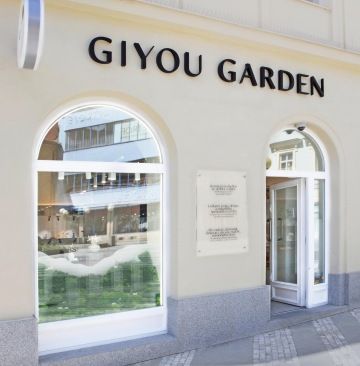
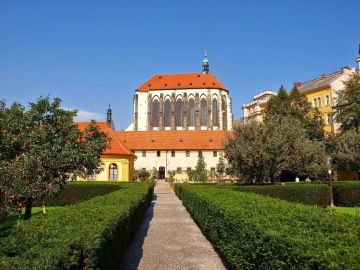

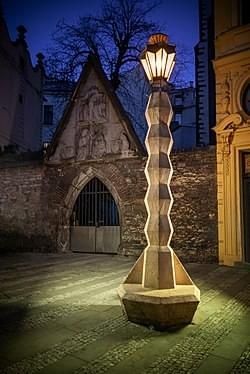
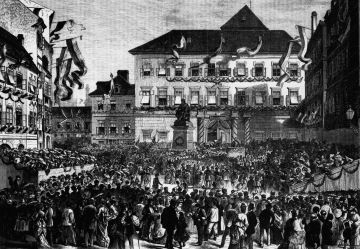

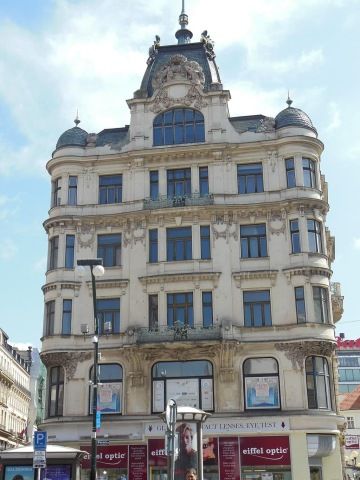
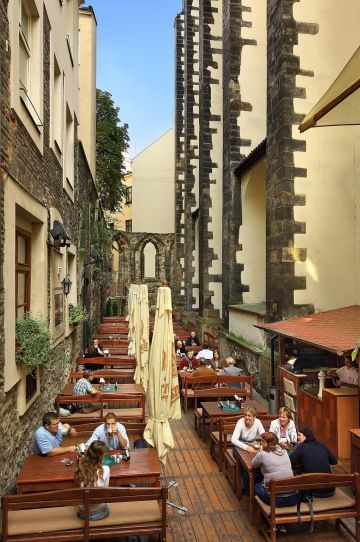
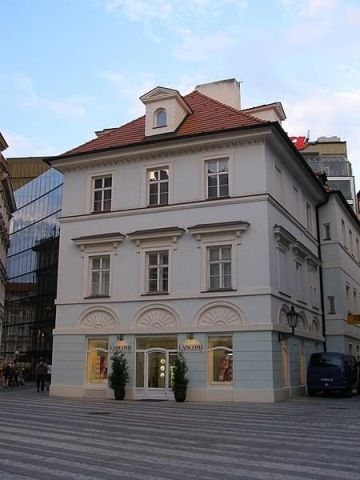
GIYOU
info@giyou.cz





